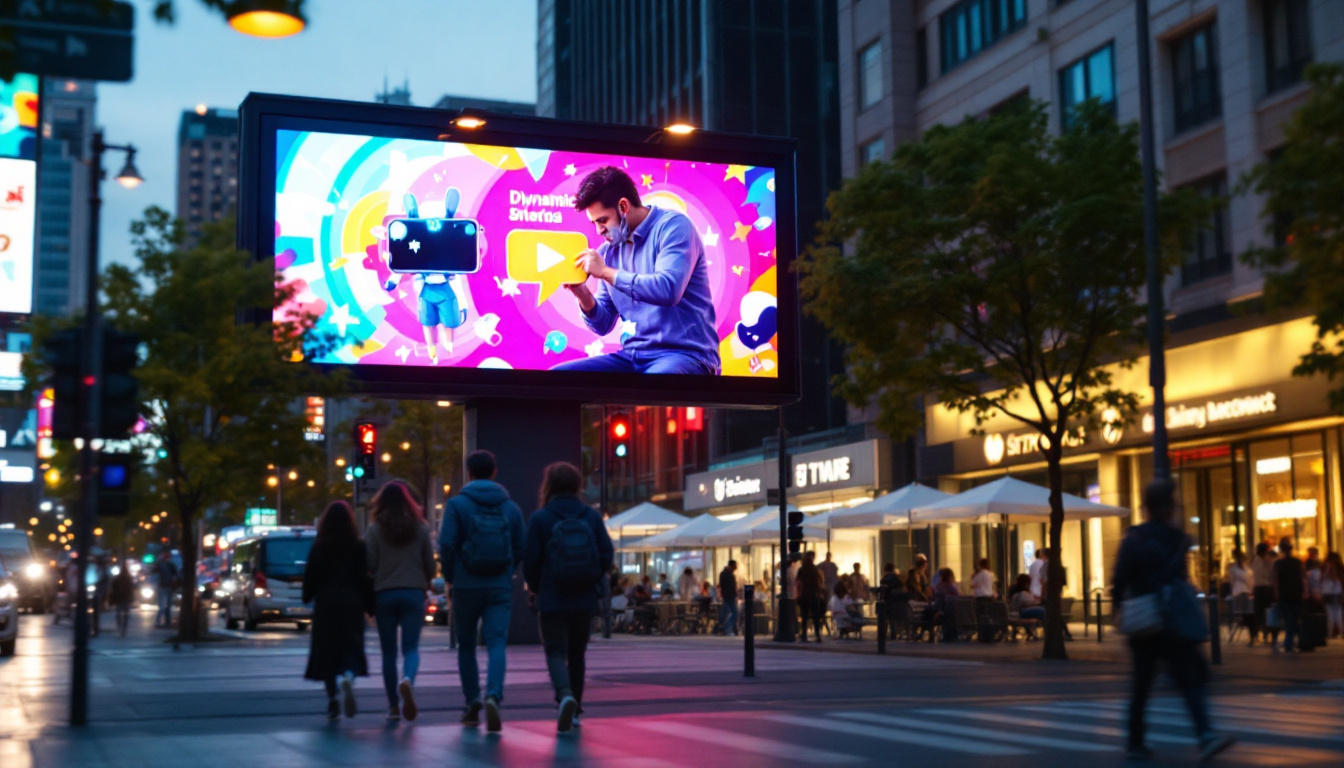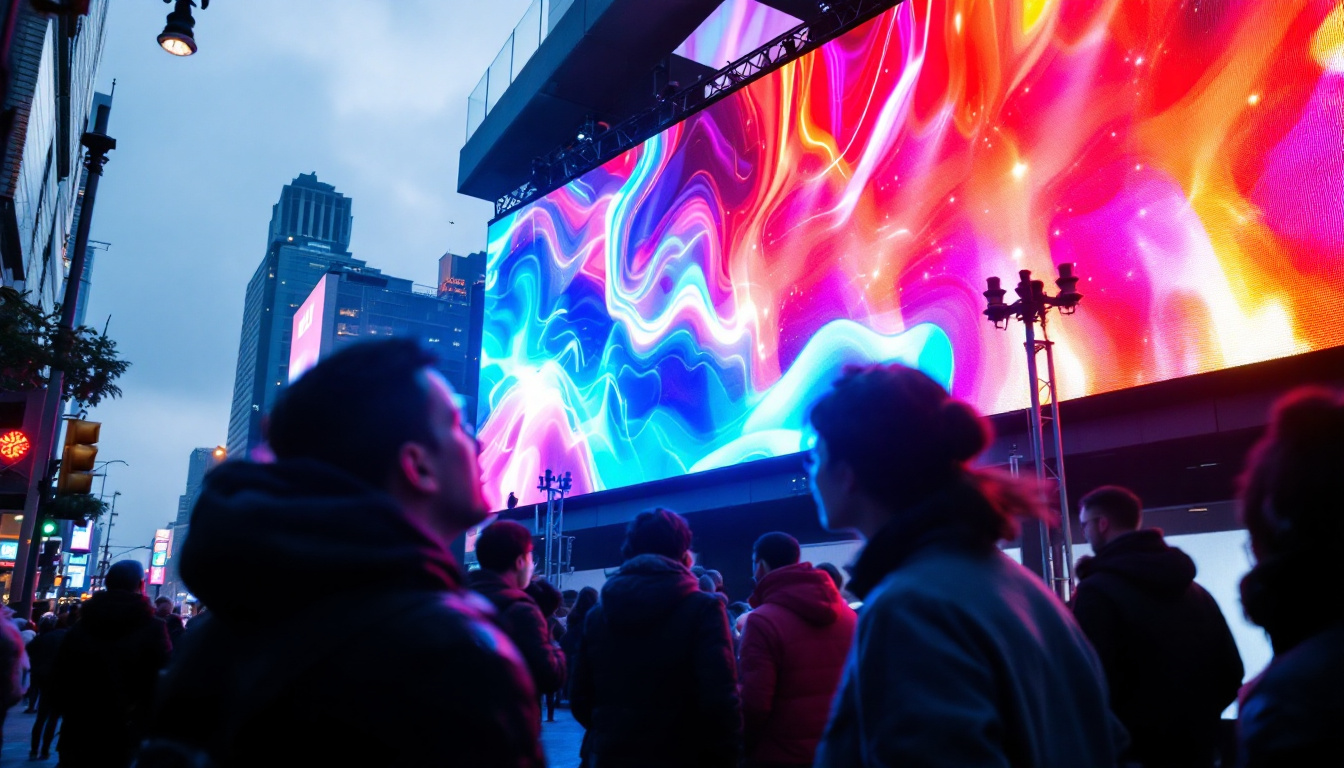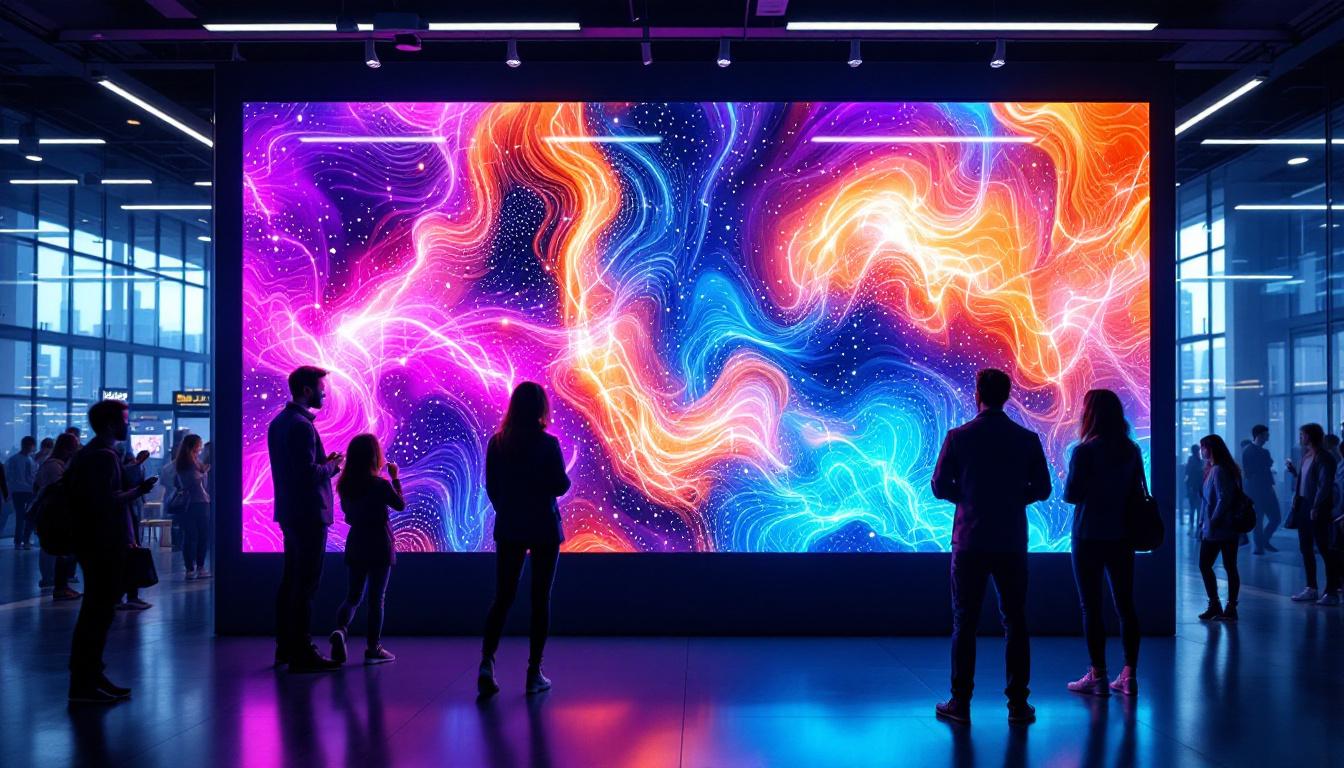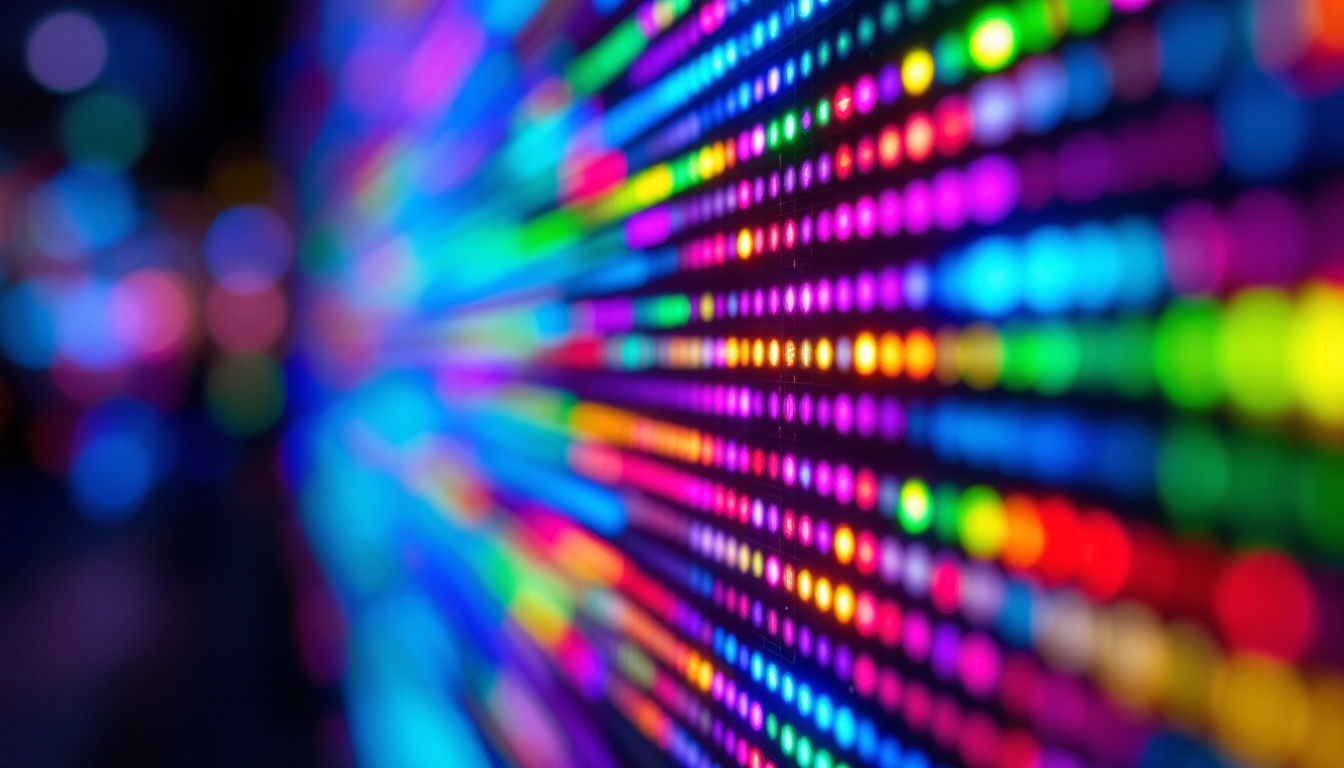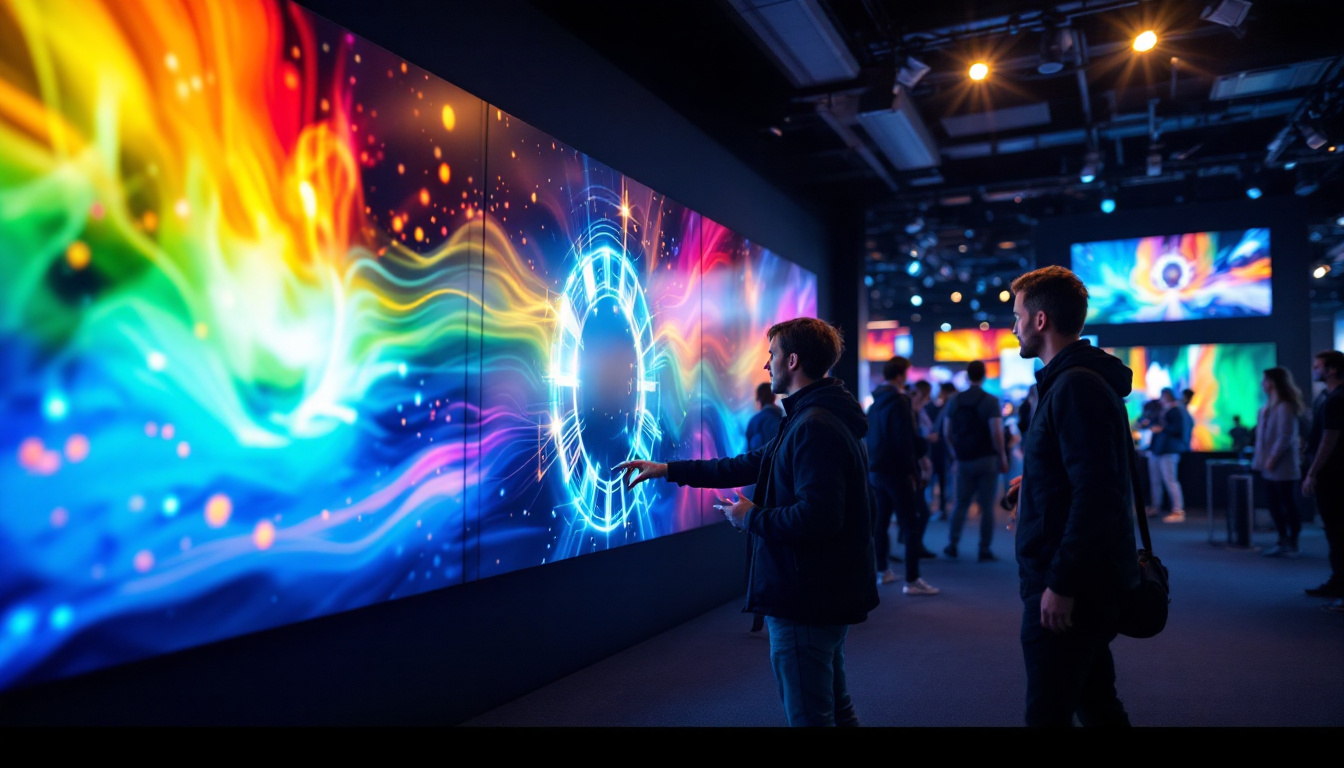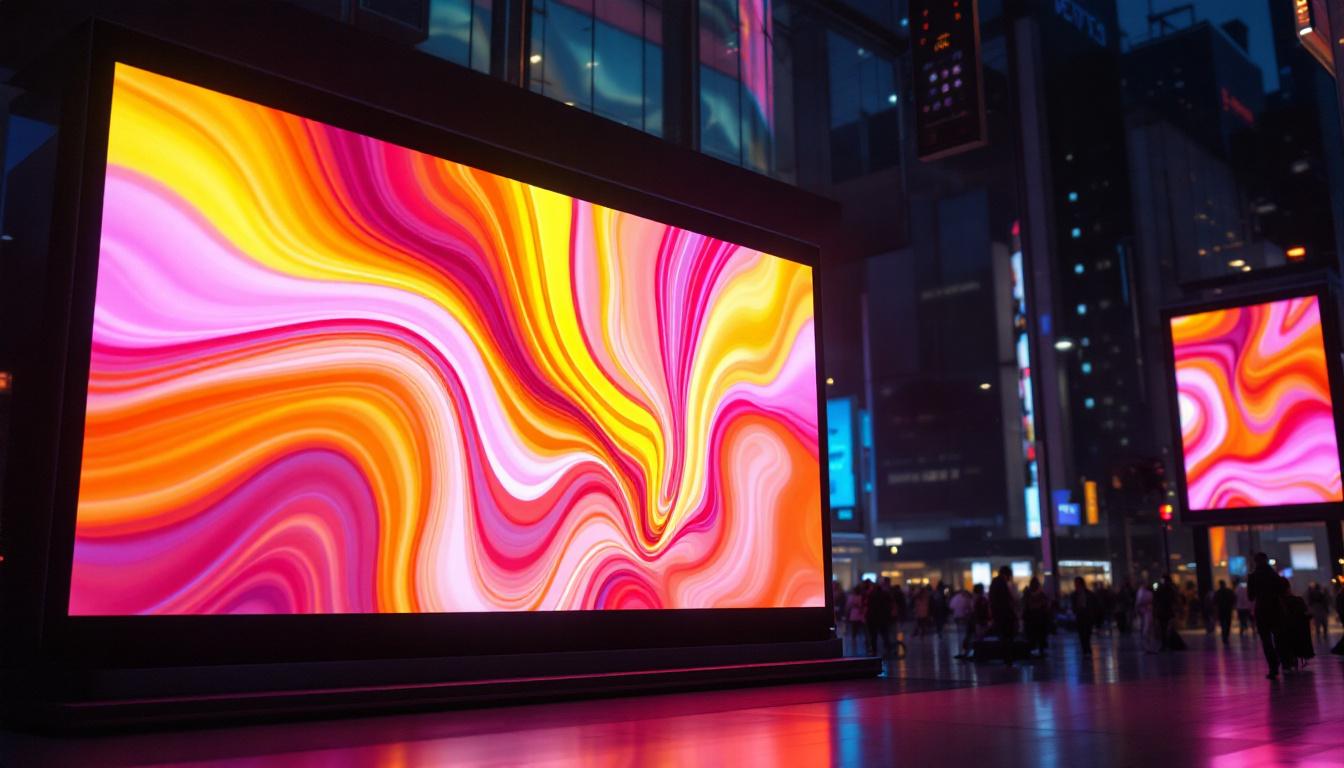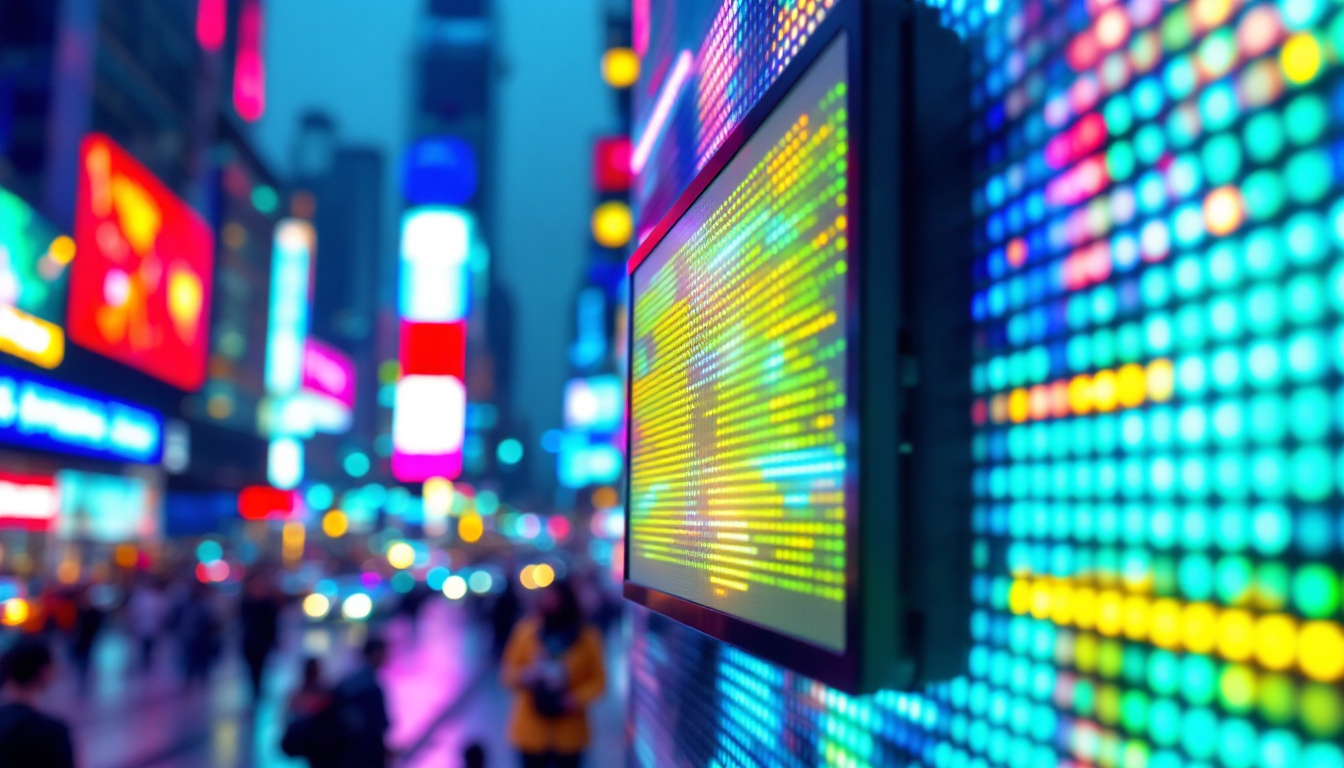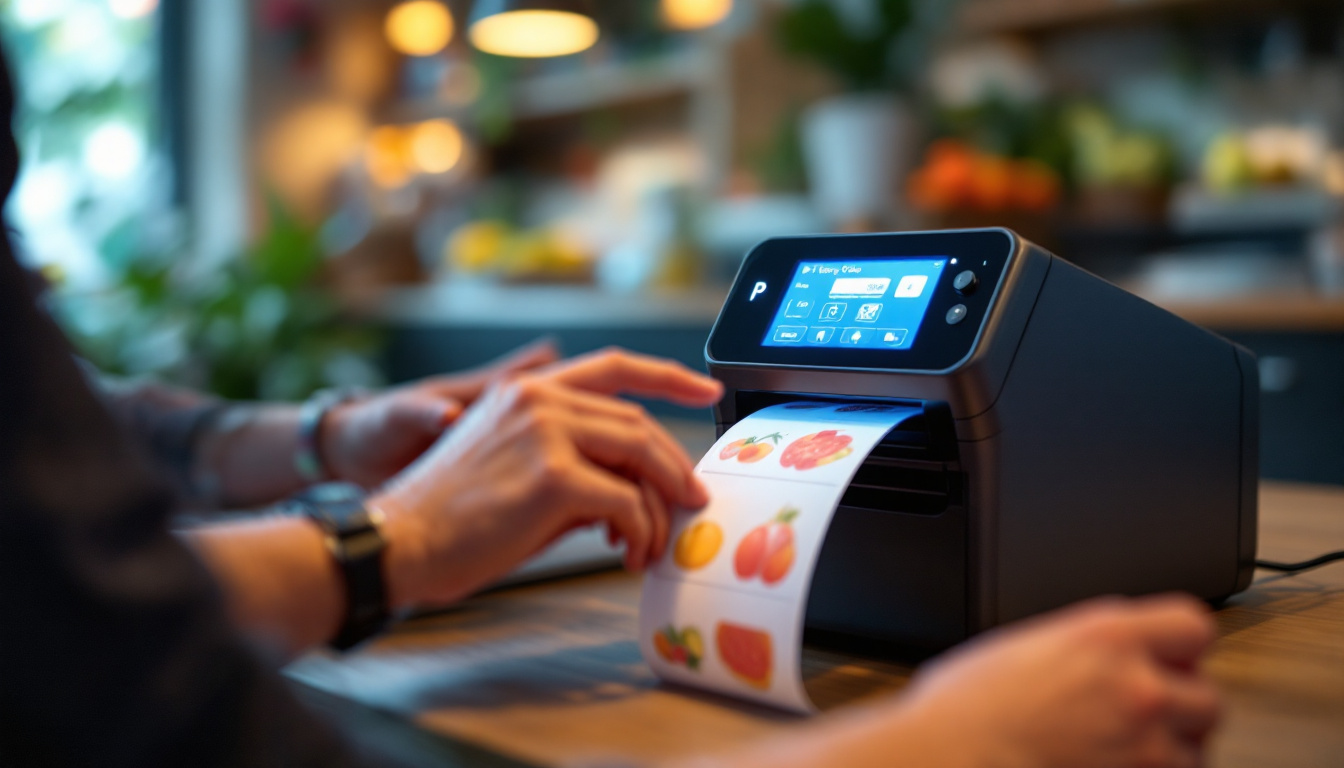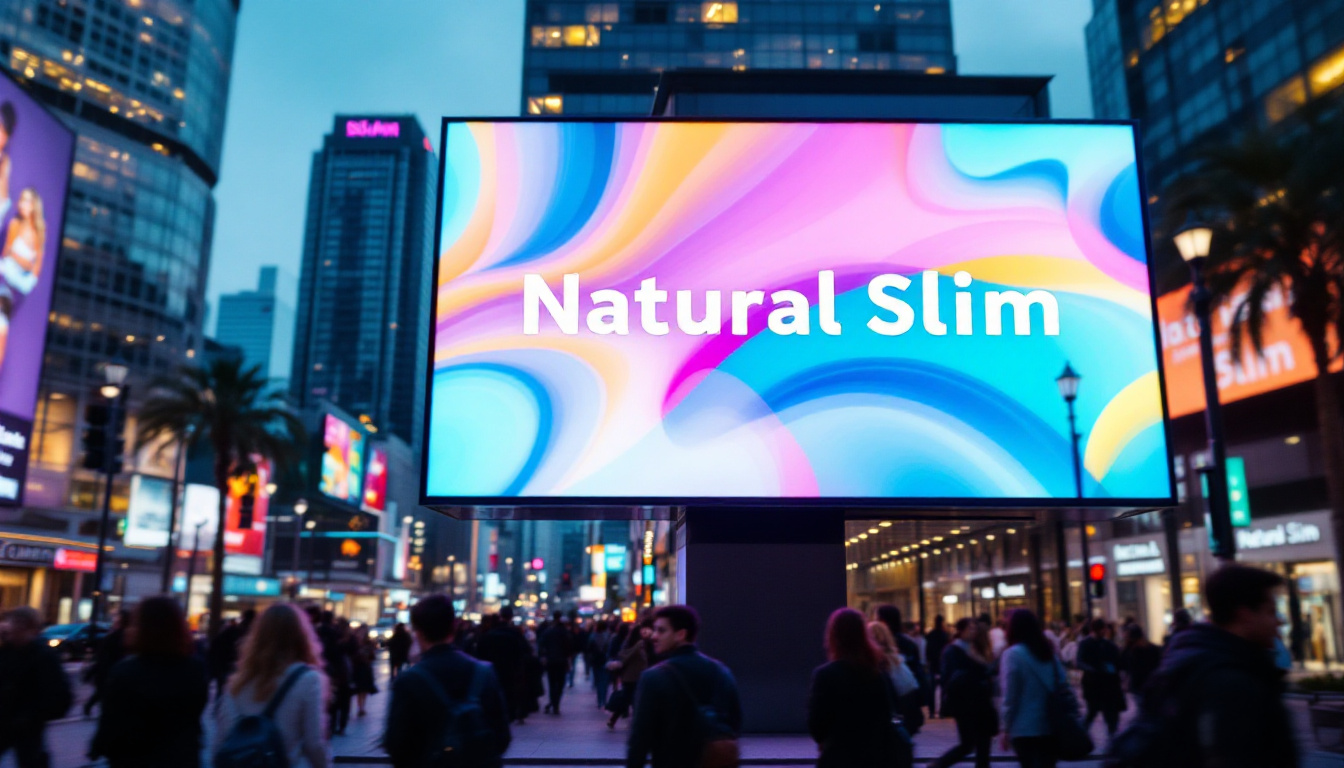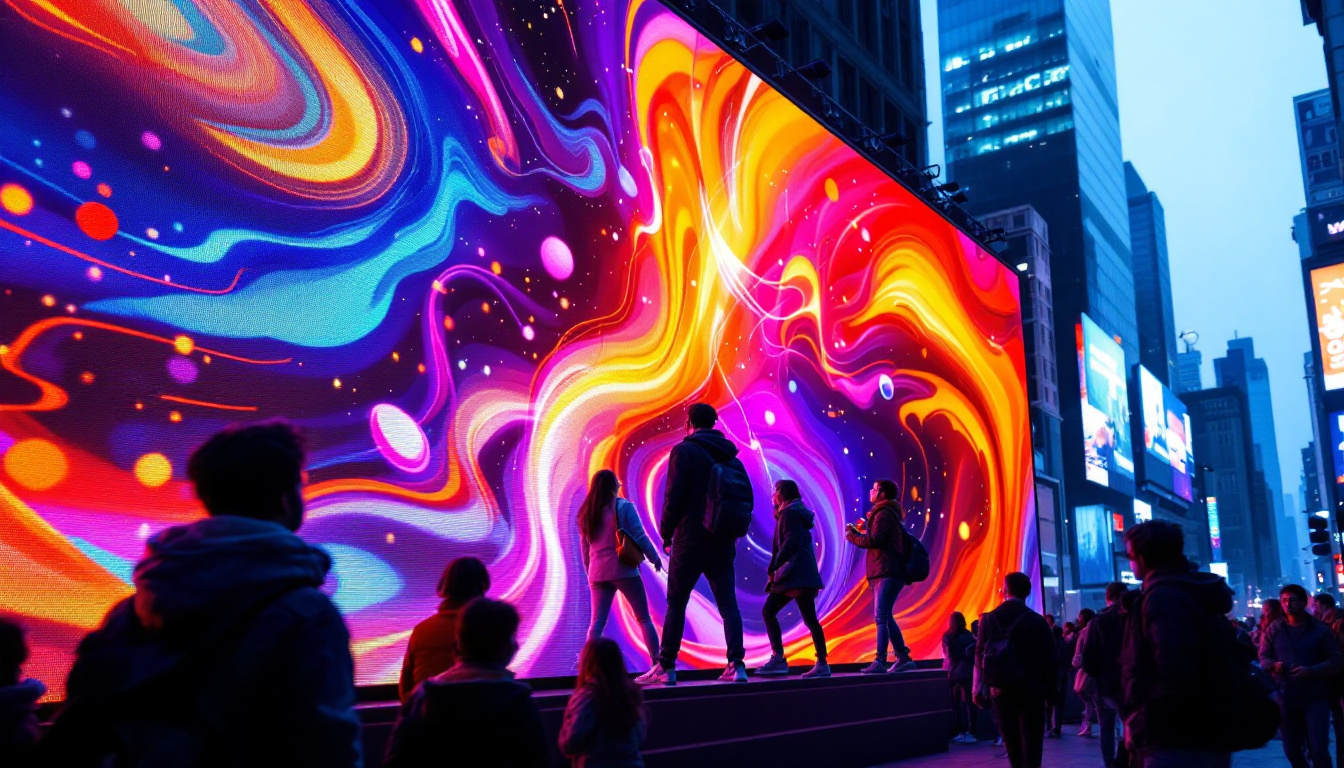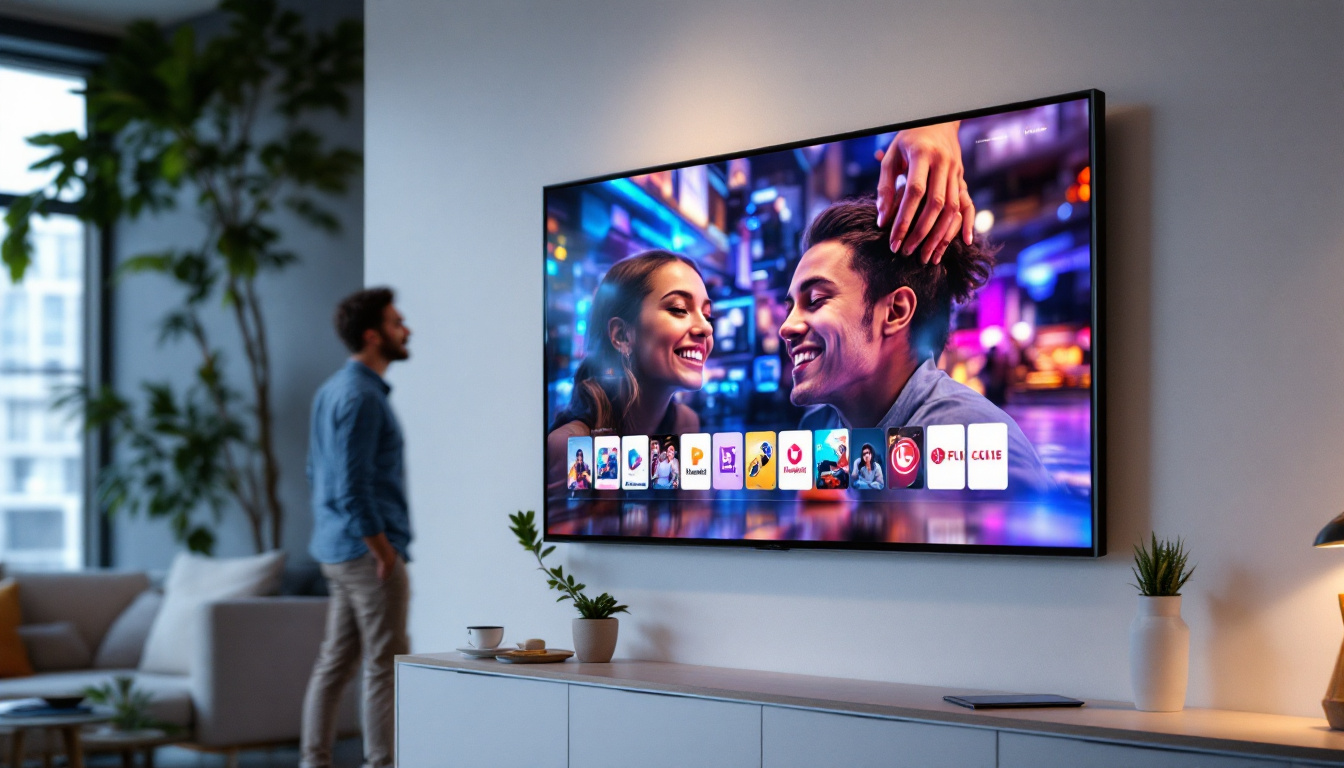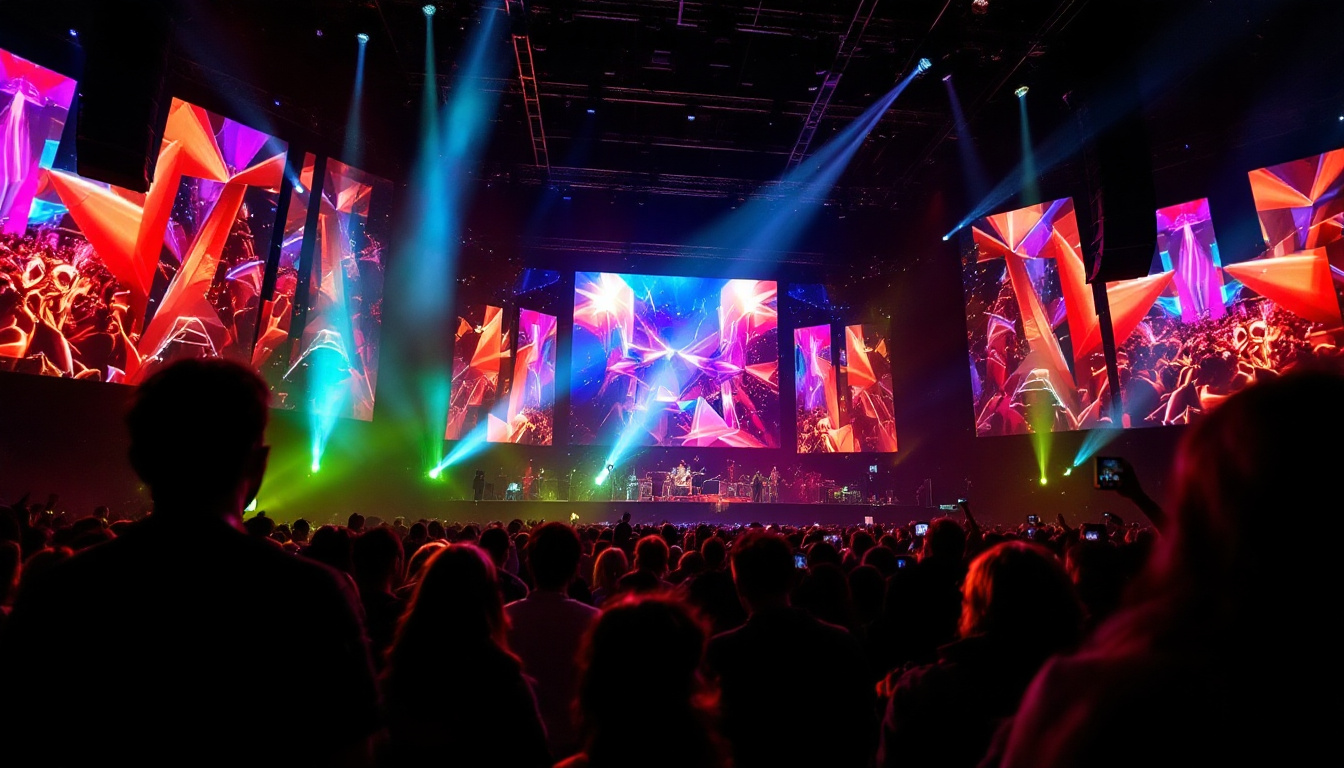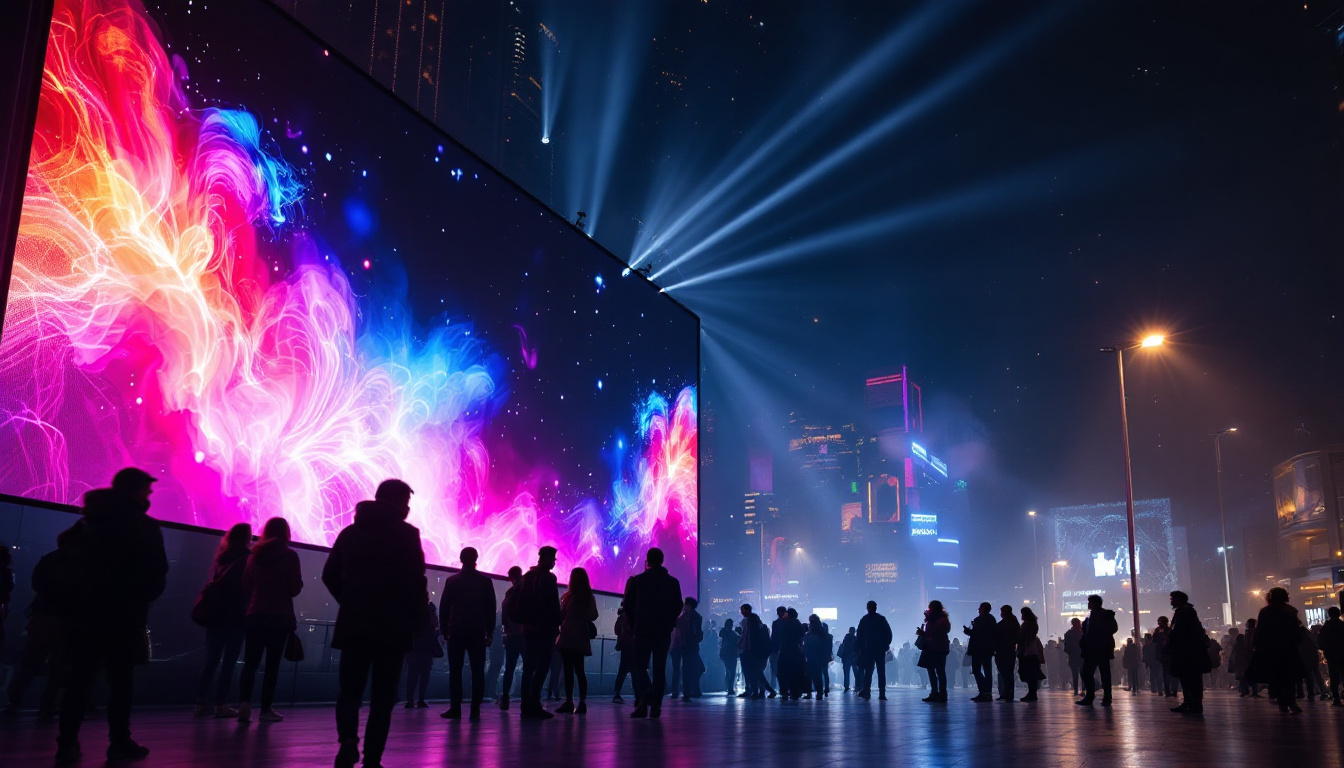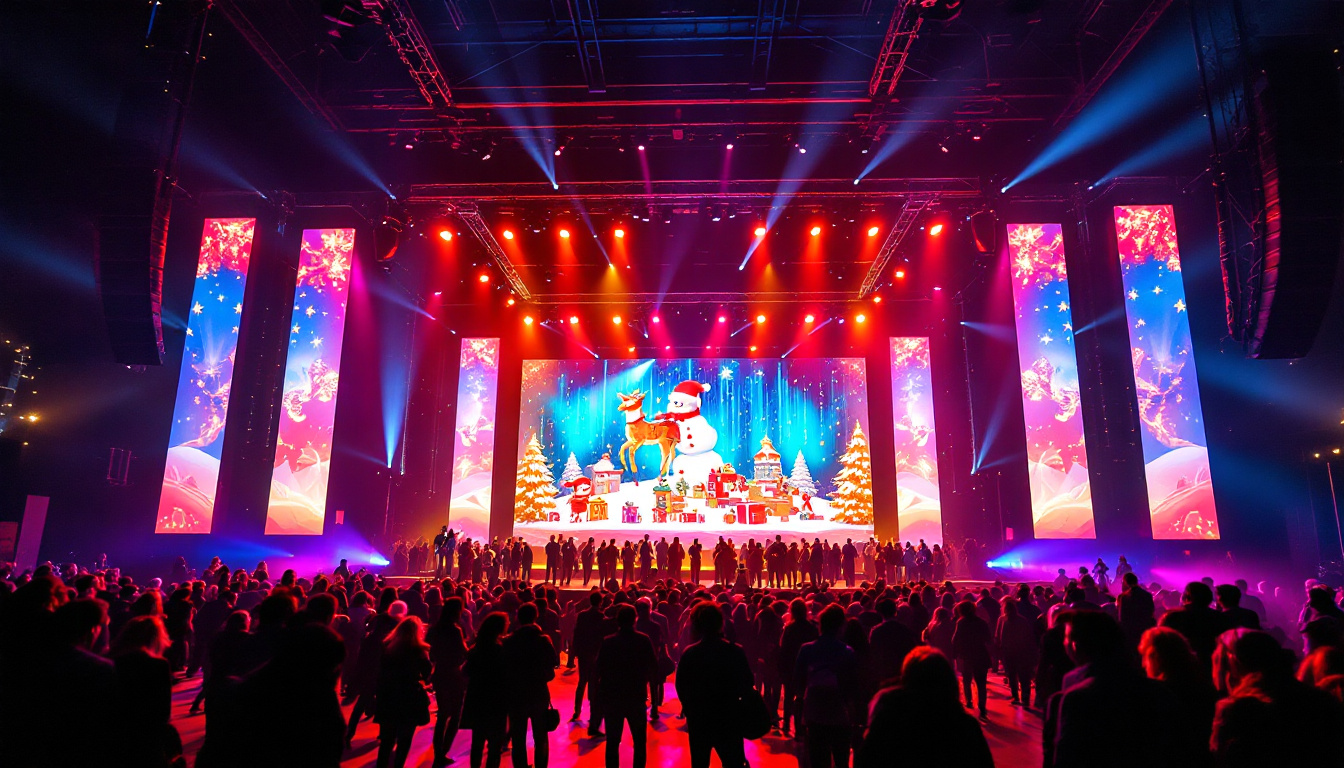In the ever-evolving landscape of advertising, mobile billboard advertising has emerged as a dynamic and effective strategy for brands looking to capture the attention of their target audience. Among the various forms of mobile advertising, LED displays have gained significant traction due to their vibrant visuals and adaptability. This article delves into the intricacies of mobile billboard advertising, with a particular focus on LED displays, exploring their benefits, technology, and best practices.
Understanding Mobile Billboard Advertising
Mobile billboard advertising refers to the use of vehicles equipped with large advertising displays that travel through high-traffic areas. This method allows brands to reach consumers in a more direct and engaging manner compared to traditional static billboards. The mobility aspect enables advertisers to target specific demographics and locations, maximizing exposure and impact. Additionally, mobile billboards can create a sense of urgency and immediacy, as they often promote time-sensitive offers or events, prompting consumers to take action on the spot.
Moreover, the interactive potential of mobile billboards is an exciting aspect that sets them apart from other advertising mediums. With advancements in technology, some mobile billboards are now equipped with QR codes or NFC (Near Field Communication) capabilities, allowing passersby to engage with the advertisement directly through their smartphones. This interactivity not only enhances consumer engagement but also provides valuable data to advertisers about audience interactions and preferences.
The Evolution of Billboard Advertising
Billboard advertising has undergone a significant transformation since its inception. Initially, billboards were static, relying on printed images and text to convey messages. However, the advent of digital technology has revolutionized this medium. Digital billboards, particularly those using LED technology, have introduced a new level of creativity and flexibility, allowing advertisers to change content in real-time and engage audiences more effectively. This evolution has also led to the rise of programmatic advertising, where digital billboards can be updated based on real-time data, such as weather conditions or traffic patterns, ensuring that the most relevant ads are displayed at any given moment.
Furthermore, the shift towards more sustainable practices has influenced the evolution of billboard advertising. Many companies are now opting for eco-friendly materials and energy-efficient technologies in their billboard designs. This not only reduces the environmental impact but also resonates with consumers who are increasingly conscious of sustainability. As a result, brands that prioritize green advertising methods can enhance their image and appeal to a broader audience, particularly among younger consumers who value corporate social responsibility.
Key Advantages of Mobile Billboard Advertising
Mobile billboards offer several advantages over traditional advertising methods. Firstly, they provide a high level of visibility, as they can reach consumers in various locations throughout the day. Secondly, the dynamic nature of LED displays allows for vibrant visuals and animations that can capture attention more effectively than static images. Lastly, mobile billboards can be strategically deployed during events or in areas with high foot traffic, ensuring that brands reach their target audience when they are most receptive. This adaptability is particularly beneficial for local businesses looking to promote special offers or new products in their community.
In addition to these advantages, mobile billboards can also foster a sense of community engagement. By participating in local events, parades, or festivals, brands can create a positive association with their products while supporting community initiatives. This grassroots approach not only enhances brand visibility but also builds customer loyalty, as consumers appreciate brands that invest in their local environment. As mobile billboard advertising continues to evolve, it remains a powerful tool for brands seeking to make a memorable impact in a crowded marketplace.
The Technology Behind LED Displays
LED (Light Emitting Diode) technology has revolutionized the advertising landscape, particularly in mobile billboard applications. Unlike traditional light sources, LEDs are energy-efficient, durable, and capable of producing bright, vivid colors. This section explores the technical aspects of LED displays, including their construction, functionality, and advantages.
Construction and Components of LED Displays
LED displays are made up of numerous individual light-emitting diodes arranged in a grid pattern. Each diode functions as a pixel, and when combined, they create a cohesive image or video. The displays are typically encased in a weather-resistant housing, ensuring they can withstand various environmental conditions. Additionally, modern LED displays often incorporate advanced technologies such as pixel pitch, which determines the resolution and clarity of the images displayed.
How LED Displays Work
The operation of LED displays involves a series of processes that convert digital content into visual output. Initially, the content is created using graphic design software, which is then uploaded to a media server. The media server processes the content and sends it to the LED display, where the individual diodes light up according to the digital signals received. This process allows for real-time updates, enabling advertisers to change their messaging based on time of day, location, or audience engagement.
Benefits of Using LED Displays in Mobile Advertising
Using LED displays in mobile advertising offers numerous benefits. Firstly, the brightness and clarity of LED technology ensure that advertisements are visible even in direct sunlight. Secondly, the ability to display dynamic content, such as videos and animations, enhances engagement and retention among viewers. Furthermore, LED displays are energy-efficient, reducing operational costs for advertisers while also being environmentally friendly.
Strategies for Effective Mobile Billboard Advertising
To maximize the impact of mobile billboard advertising, brands must adopt effective strategies that align with their marketing goals. This section outlines key strategies that can enhance the effectiveness of mobile LED advertising campaigns.
Targeting the Right Audience
One of the most critical aspects of mobile billboard advertising is audience targeting. Brands should conduct thorough market research to identify the demographics and behaviors of their target audience. By understanding where their audience frequents, advertisers can strategically deploy mobile billboards in high-traffic areas, ensuring maximum exposure and engagement.
Crafting Compelling Content
The content displayed on mobile billboards must be eye-catching and easy to understand. Given the limited time viewers have to absorb the information, concise messaging is crucial. Incorporating bold visuals, clear branding, and a strong call to action can significantly enhance the effectiveness of the advertisement. Additionally, using animations or videos can further capture attention and convey messages more dynamically.
Timing and Location Considerations
Timing and location play a vital role in the success of mobile billboard campaigns. Brands should consider deploying their billboards during peak traffic hours or special events where their target audience is likely to be present. Additionally, choosing locations that align with the brand’s messaging can create a more impactful connection with viewers. For example, a health food brand may benefit from advertising near gyms or health fairs.
Challenges in Mobile Billboard Advertising
While mobile billboard advertising presents numerous opportunities, it is not without its challenges. Advertisers must navigate various obstacles to ensure the success of their campaigns. This section discusses some common challenges faced in the industry and potential solutions.
Regulatory Restrictions
Different regions have specific regulations governing mobile advertising, including restrictions on where and when mobile billboards can operate. Advertisers must familiarize themselves with local laws to avoid fines or legal issues. Working with experienced advertising agencies that understand these regulations can help brands navigate the complexities of compliance.
Competition for Attention
In urban environments, consumers are bombarded with advertisements from various sources, making it challenging for mobile billboards to stand out. To combat this, advertisers should focus on creating unique and memorable content that resonates with their audience. Leveraging humor, creativity, or emotional storytelling can help capture attention amidst the noise of competing advertisements.
Weather and Environmental Factors
Weather conditions can impact the visibility and effectiveness of mobile billboards. Rain, fog, or extreme temperatures can hinder visibility and limit the time a billboard can be active. Advertisers should monitor weather forecasts and adjust their deployment strategies accordingly. Additionally, investing in high-quality, weather-resistant displays can mitigate some of these challenges.
Case Studies: Successful Mobile Billboard Campaigns
Examining successful mobile billboard campaigns can provide valuable insights into effective strategies and innovative approaches. This section highlights a few notable case studies that showcase the power of LED displays in mobile advertising.
Case Study 1: Beverage Brand Launch
A well-known beverage brand launched a new product using a mobile billboard campaign featuring LED displays. The campaign was strategically timed to coincide with a major music festival, where the target demographic was likely to be present. The mobile billboards showcased vibrant animations and engaging visuals that highlighted the product’s unique features. As a result, the brand saw a significant increase in social media engagement and product sales during and after the event.
Case Study 2: Local Restaurant Promotion
A local restaurant aimed to increase foot traffic during a slow season by utilizing mobile billboards with LED displays. The campaign featured mouth-watering images of their signature dishes, along with limited-time offers. By targeting busy areas during lunch and dinner hours, the restaurant successfully attracted new customers and increased overall sales by 30% during the campaign period.
The Future of Mobile Billboard Advertising
As technology continues to advance, the future of mobile billboard advertising looks promising. Innovations in LED technology, data analytics, and audience targeting are set to enhance the effectiveness of mobile advertising campaigns. This section explores potential trends that may shape the future of this advertising medium.
Integration of Augmented Reality
Augmented reality (AR) has the potential to revolutionize mobile billboard advertising by creating immersive experiences for consumers. By integrating AR technology, advertisers can engage viewers in interactive ways, allowing them to visualize products or services in their own environment. This level of engagement can lead to higher conversion rates and brand loyalty.
Data-Driven Advertising
The use of data analytics in mobile billboard advertising is expected to grow significantly. Advertisers can leverage data to understand audience behaviors, preferences, and engagement patterns. This information can inform campaign strategies, allowing brands to tailor their messaging and optimize their advertising efforts for maximum impact.
Sustainability Initiatives
As environmental concerns continue to rise, the advertising industry is increasingly focusing on sustainability. Mobile billboards utilizing eco-friendly materials and energy-efficient LED technology will likely become more prevalent. Brands that prioritize sustainability in their advertising efforts may resonate more with environmentally-conscious consumers, enhancing their brand image and loyalty.
Conclusion
Mobile billboard advertising, particularly through the use of LED displays, has proven to be an effective and engaging method for brands to connect with their target audience. With the ability to deliver dynamic content in real-time, mobile billboards offer a unique advantage in a crowded advertising landscape. By understanding the technology, strategies, and challenges associated with mobile advertising, brands can harness its potential to drive awareness, engagement, and ultimately, sales.
As the industry continues to evolve, staying abreast of emerging trends and innovations will be crucial for advertisers looking to make a lasting impact. Embracing creativity, leveraging data, and prioritizing sustainability will not only enhance the effectiveness of mobile billboard campaigns but also contribute to a more responsible advertising ecosystem.
Illuminate Your Brand with LumenMatrix
Ready to elevate your mobile billboard advertising with unparalleled LED display technology? Discover how LumenMatrix can transform your brand’s visibility and audience engagement. As a pioneer in LED display innovation, LumenMatrix offers a comprehensive range of solutions, from Indoor and Outdoor LED Wall Displays to Vehicle LED Displays and beyond. Our mission is to revolutionize your visual communication, ensuring your message resonates with impact and clarity. Check out LumenMatrix LED Display Solutions today and start creating captivating visual experiences that captivate and convert.

